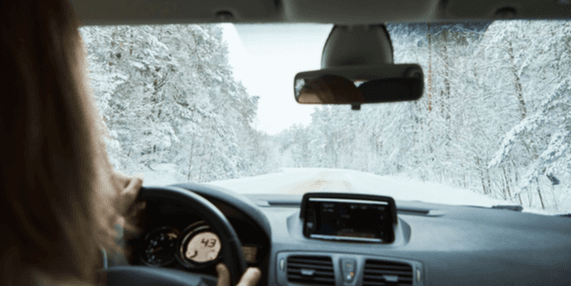Newsroom
ICBC urging Southern Interior drivers to use caution in challenging winter conditions
January 06, 2022

With snow forecasted throughout the Southern Interior, ICBC is urging drivers to help keep our roads safe by adjusting their driving and ensuring their vehicle is ready for the road conditions.
Each year in the Southern Interior, the number of crashes due to driving too fast for the conditions increases 138 per cent in January compared to October (126 vs. 53 crashes) as the weather worsens.* This is the largest increase throughout the province.
In bad weather, slow down, increase your following distance and allow extra travel time. Keep an emergency kit in your vehicle at all times to help you and your passengers stay safe.
Here are ICBC's top five tips for drivers of all experience levels:
Get your vehicle ready. Make sure your tires are rated for the conditions you'll be driving in this winter and check your tire pressure regularly as it drops in cold weather. Visit DriveBC.ca to check road conditions for your entire route and notice any possible road closures.
Clear off any snow that's built up on your vehicle before driving including headlights, wheel wells and external sensors if you have a collision warning system.
Consider using your headlights and taillights whenever weather is poor and visibility is reduced – not only at night – to help you see ahead and be seen by other drivers. Keep in mind that daytime running lights usually don't activate your taillights too.
The key to winter driving is to be slow and steady – avoid unexpected sudden movements that could cause you to skid. That means you should accelerate gently, steer and turn slowly and gradually, and brake slowly and early. Anticipate turns, stops and lane changes well in advance. Use low beam lights and don't use cruise control on slippery roads.
In bad weather, use extreme caution around snow plows. Maintain a safe following distance and don't pass them – it's not safe. These vehicles may be equipped with a wing blade on either of its sides which may not be visible due to the snow it sprays.
If severe winter conditions arrive, consider your options – wait until road crews have cleared major roads, call a taxi or ride-hailing service if you're not confident driving in the winter conditions, work from home or take public transit if possible.
*Based on police data, five-year average from 2016 to 2020.
